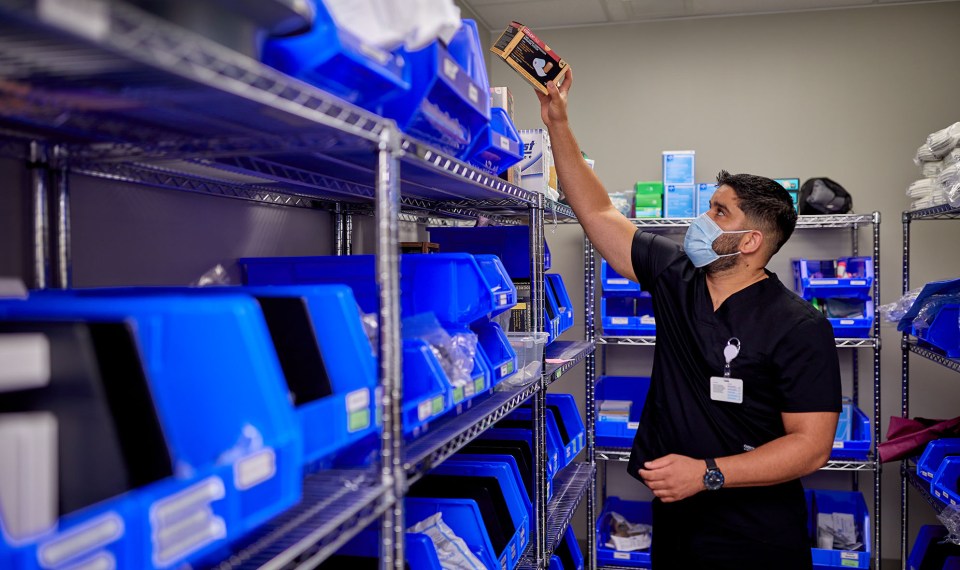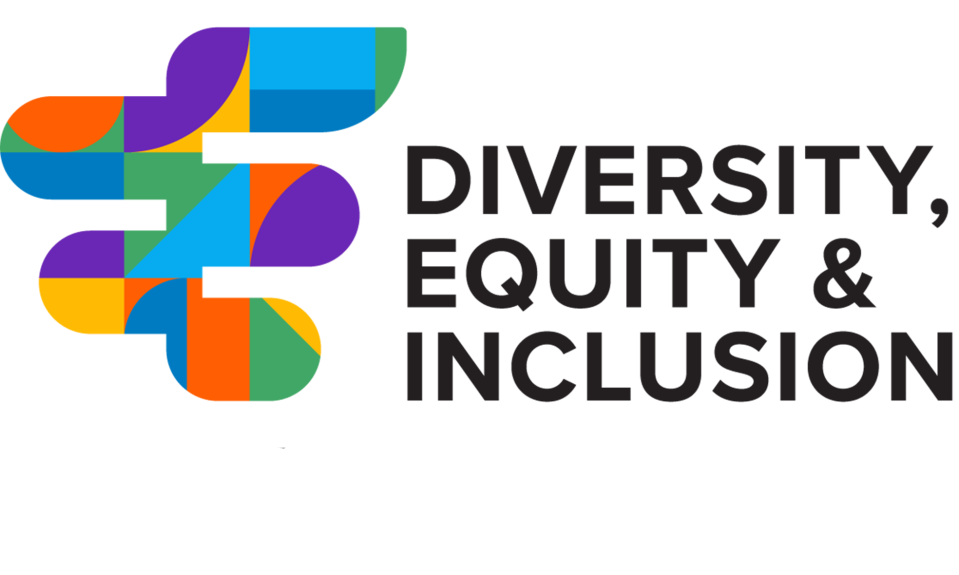Social identities are used to describe how a person categorizes themselves or others as members of specific groups, based on similarities and differences. While some terms describe tendencies of our personality (qualities such as “creative” or “organized”), social identities more closely relate to the groups we belong to and how those groups help shape our worldview and value system.
Sociologists and DEI specialists have begun to reference the “Big 8” social identities in recent years. These identities, which can influence patient care and contribute to workplace culture, are not to be disregarded when doing foundational diversity, equity and inclusion (DEI) work.
What Are The ‘Big 8’ Social Identities?
While this list is not all encompassing, it serves a purpose in exploring the most discussed social identities.
Ability/disability: This refers to a person’s mental and physical ability to function in an environment, i.e., disabled, non-disabled, etc.
Race: A shorthand term used to categorize people by their physical differences such as skin tone, hair texture and facial features.
Ethnicity: This refers to a person’s cultural background, including language and lifestyle rooted in historical, regional and/or religious traditions.
Nationality: A person’s country of origin, citizenship or affiliation. This may or may not be the country where one lives.
Sexual orientation: The nature of a person’s sexual and romantic attractions.
Gender: Gender identity is an internal sense of self as a man, woman, both or neither. This may or may not align with a person’s sex assigned at birth.
Socioeconomic status: The combination of social and financial influence, often affecting occupation, education, healthcare, food quality, housing and physical safety.
Age: As a social identity, this refers to a person’s age group or generation. This is often assumed based on physical characteristics (such as hair color or skin texture) and associations related to technical ability, level of experience, personal interests, etc.
Religion: A set of beliefs and practices concerning the cause, nature and purpose of the universe—often providing a foundation for morals and values.
Why Social Identities Matter In The Workplace
Pause for a moment to think about your social identities. How old are you? Which religion do you practice? What is your ethnicity? Now, think about your work environment. Which identities do you have in common with colleagues in your workplace? Are you surrounded by people with similar identities, or are you “the only?” How do you know?
For employees to be truly valued in the workplace, organizations should recognize that every aspect of a person’s social identity can impact their work experience. It is not enough to simply prioritize diversity of race and gender in our workplaces while leaving other social identities to the wayside.
“The newer social identities being emphasized are neurodiversity and generational diversity, which really affect how we communicate with one another in the workplace, as well as with our patients, who are coming to us with their own social identities,” said Laterrica Shelton, national director of DEI at Encompass Health.
Consider how interpersonal relationships with colleagues and business partners could be improved through a better understanding of the diverse perspectives that shape our everyday experiences and interactions. For example, increased representation of minority groups in leadership positions can lead to greater understanding of challenges that exists for minority members, resulting in more inclusive policies and programs.
How Social Identities Can Shape Patient Care
Outside of the workforce, it’s also important to be considerate of social determinants of health, which are the non-medical factors that can impact a person’s health. For example, if a patient has a low educational level, they may struggle to understand the details of their diagnosis or nuanced medical treatment plan. If they live in a rural setting, they may not have convenient access to specialists or urgent care centers.
Similarly, the “Big 8” social identities can correlate with health outcomes. For example, religion and spirituality can impact a person’s health decisions related to diet, treatment interventions and more. Gender may play a role in a patient’s privacy or modesty preferences related to bathing and other assistive care tasks. Understanding how a person navigates their social world can help clinicians develop a rapport, tailor a personalized treatment plan and, in the case of inpatient rehabilitation, reduce their risk of readmission to the acute care hospital.
Are Cultural Competencies the Key?
Cultural competence can be described as a range of cognitive and behavioral skills that lead to effective and appropriate communication with people of other cultures. Knowledge of a variety of individual and group identities can then be incorporated into standards, policies and attitudes that improve our interpersonal relationships and the quality of services we provide.
Cultural competencies can help healthcare providers deliver services that are sensitive to the needs of patients and their families, regardless of their cultural and social identities. They can also ensure that a person’s work experience isn’t negatively affected because of their social identity—and equally, that their individual strengths are valued and celebrated.
“At Encompass Health we want to continue having a diverse and culturally competent workforce,” Shelton said. “When your workforce is well-cared-for, they can provide a higher quality of culturally competent care to our diverse patient population. We’re very mindful of that and how we support everyone involved.”
The content of this site is for informational purposes only and should not be taken as professional medical advice. Always seek the advice of your physician or other qualified healthcare provider with any questions you may have regarding any medical conditions or treatments.



